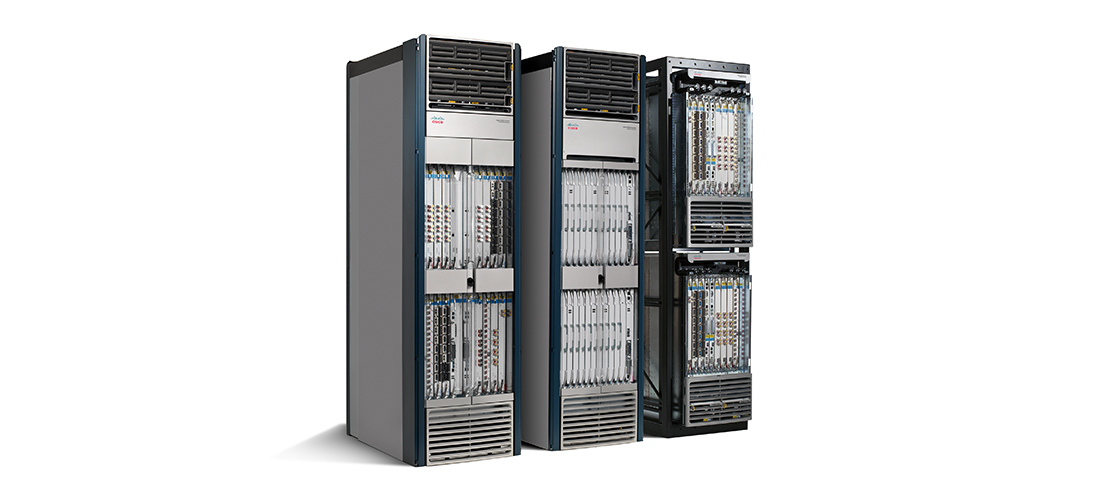KERNEL: NETWORK SOLUTIONS
What is networking?
A computer network, often simply referred to as a network, is a collection of hardware components and computers interconnected by communication channels that allow the sharing of resources and information. Where at least one process on one device is able to send or receive data from at least one process residing on another device, then the two devices are said to be in a network.
The need for efficient and cost-effective communication is vital for business success, and today more and more solutions depend on the networking infrastructure.
Traditionally, the converged infrastructure served the following types of traffic:
- Data: business applications, email, web
- Voice: IP Telephony
- Video: Video Conference
Today additional services are operated across the same converged network infrastructure:
- Storage: iSCSI, FCIP, and FCoE
- Television and broadcasting: HD video
- Desktop Virtualization: PCoIP , RDP
- Video surveillance: any and all video streams
- SCADA Systems (OT), Industrial automation
- Industrial automation
- AI
Together with the financial benefits generated by the implementation of one networking infrastructure for all these services come a series of challenges that must be overcome:
- User experience: How will the employees react if the network utilisation increases by 40% due to the new applications deployed?
- CyberSecurity: How secure are my customer-facing applications and my company data??
- Traffic engineering and advanced QoS: How is the bandwidth allocated to the applications?
- Resiliency of the design: How does the infrastructure react to the loss or significant degradation of the performance of a part of the network?
- Fault tolerance: What is the impact of a hardware failure or software issue?
- Flexibility: What is the time needed for the deployment of a new ERP at the network level?
- Expandability: What is the impact on the core infrastructure if, tomorrow, we want to open an additional 10 branch offices? Can it handle it without an upgrade?
- Manageability: How can we control the exponential growth of network complexity as our business expands?
Kernel Solutions

Computer networks do not mean only hardware equipment and software but a complete process of preparation, planning, design, implementation, operation, and optimization.
Our highly experienced and certified team, together with our technology partners Fortinet, Juniper, Exterme Networks, Cisco, HPE Aruba, and ManageEngine, can create an optimal solution for your business case that can be tailored to your specific needs. We recognise that success comes from the integration of various architectures that are able to work together, and we put all the top features from each major networking product vendor to work for our clients' needs.
At Kernel, we use the PPDIOO methodology, one of the most acclaimed approaches for the complete management of the life-cycle of a network infrastructure:
- Prepare phase: Business agility starts with preparation: anticipating the broad vision, requirements, and technologies needed to build and sustain a competitive advantage. In the preparation phase, Kernel determines a business case and financial rationale to support the adoption of new technology. By carefully anticipating future needs and developing both a technology strategy and a high-level architecture to meet those needs, a business is better equipped to contain costs during deployment and operations.
- Plan phase: Successful technology deployment depends on an accurate assessment of the customer's current network, security state, and overall readiness to support the proposed solution. In the plan phase, the customer, assisted by Kernel consultants, ascertains whether it has adequate resources to manage a technology deployment project to completion and whether its network is not vulnerable to intruders and outside networks. Kernel then develops a detailed project plan to identify resources, potential difficulties, individual responsibilities, and critical tasks necessary to deliver the final project on time and on budget.
- Design phase: Developing a detailed design is essential to reducing risk, delays, and the total cost of network deployments. A design aligned with business goals and technical requirements can improve network performance while supporting high availability, reliability, security, and scalability. Day-to-day operations and network management processes need to be anticipated, and, when necessary, custom applications are created to integrate new systems into existing infrastructure. The design phase can also guide and accelerate successful implementation with a plan to stage, configure, test, and validate network operations.
- Operate phase: Kernel pro-actively monitors the health and vital signs of the network to improve service quality, reduce disruptions, mitigate outages, and maintain high availability, reliability, and security. By providing an efficient framework and operational tools to respond to problems, the customer can avoid costly downtime and business interruption.
- Optimise phase: A good business never stops looking for a competitive advantage. That is why continuous improvement is a mainstay of the network lifecycle. In the optimise phase, Kernel, together with the customer, is continually looking for ways to achieve operational excellence through improved performance, expanded services, and periodic reassessments of network value. As an organisation looks to optimise its network and prepares to adapt to changing needs, the life-cycle begins, evolving the network and improving results.



